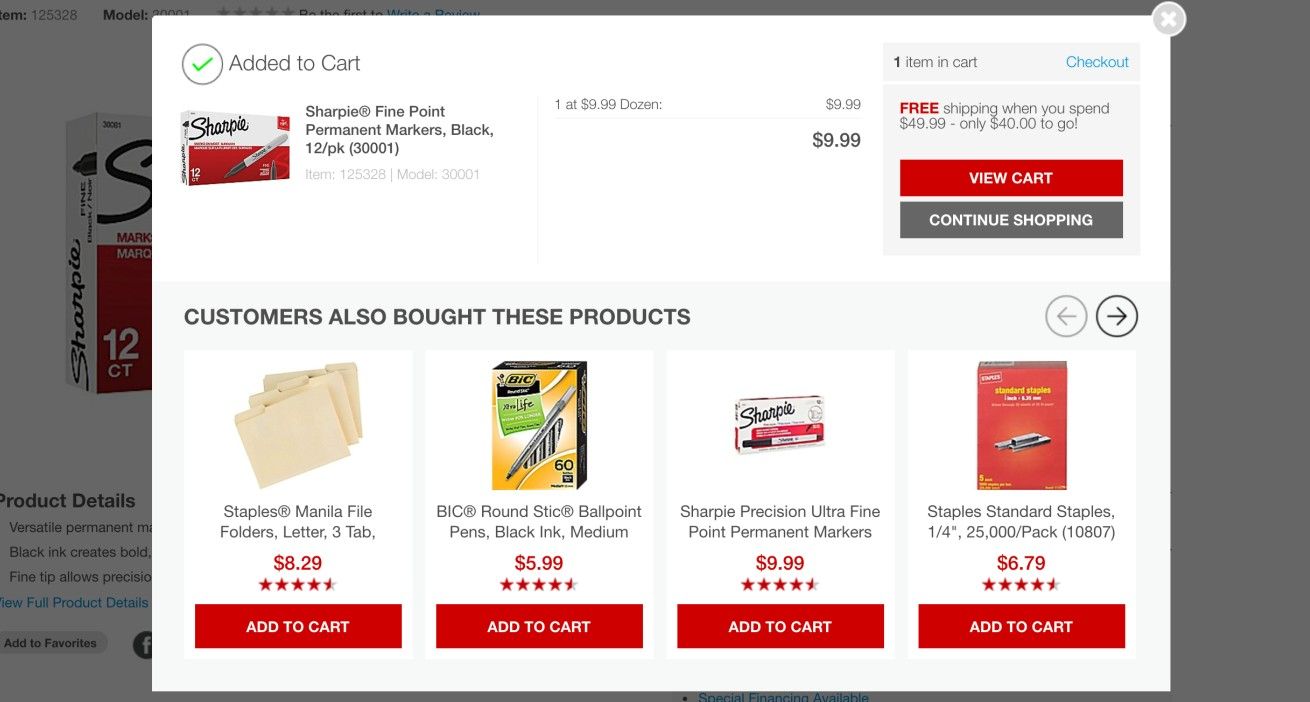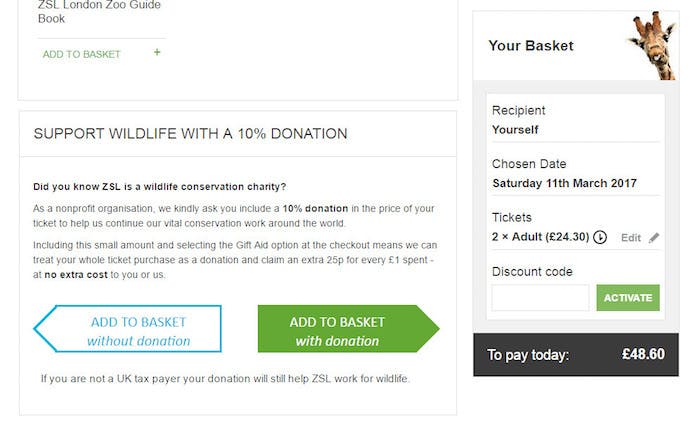The government, under CCPA guidelines, has prohibited the use of “dark patterns” on e-commerce platforms, outlining penalties for violations in a recent gazette notification. These patterns involve deceptive tactics aimed at misleading or manipulating customers, including false urgency, basket sneaking, forced actions, confirm shaming, and more. The guidelines clarify unacceptable practices, ensuring transparency for buyers, sellers, and regulators regarding what constitutes unfair trading.
These measures aim to safeguard consumer interests, addressing deceptive tactics intended to mislead or influence customer choices on e-commerce websites. Titled “Guidelines for prevention and regulation of dark patterns,” these rules apply to all platforms offering goods/services in India, encompassing advertisers and sellers. Engaging in dark patterns can result in misleading advertisements, unfair trade practices, or violations of consumer rights.
List of 13 Dark Patterns Plaguing E-commerce, as Issued by the Government of India:
False Urgency: Misleading users by creating false scarcity or urgency to prompt immediate purchases.

Basket Sneaking: Adding extra items or payments during checkout without explicit user consent, resulting in higher payments than intended.

Confirm Shaming: Inducing fear, shame, or guilt to coerce user actions like making a purchase or continuing a subscription.

Forced Action: Compelling users to take actions that lead to purchasing additional goods, subscribing to unrelated services, or sharing unnecessary personal information.

Subscription Trap: Making subscription cancellation overly complex, potentially trapping users into continued financial commitments.

Interface Interference: Manipulating the user interface to mislead or divert them from intended actions.

Bait and Switch: Advertising one thing but offering an alternative outcome different from the initial presentation.

Drip Pricing: Not transparently disclosing full prices upfront, potentially leading to higher charges than indicated initially.

Disguised Advertisement: Presenting ads that conceal their true nature, blending them into other content types.

Nagging: Continuously disrupting users to facilitate transactions or gain commercial benefits.

Trick Question: Using confusing language or options to mislead users into unintended choices.
SaaS Billing: Collecting recurring payments in SaaS models, often without clear communication or proper notifications.
Rogue Malwares: Deceptive use of malware to trick users into paying for fake removal tools or installing additional harmful software.
These practices encompass various deceptive strategies employed by e-commerce platforms to manipulate user behaviour or extract additional payments, thereby impacting consumer trust and fair-trade practices.
To further illustrate various facets of dark patterns, shedding light on their manipulative tactics, psychological impacts, deceptive product presentations, covert persuasion strategies, and the necessity for stringent regulatory compliance and enforcement.
Data Manipulation Tactics
Data Manipulation Tactics involve collecting and using consumer data in ways that manipulate or mislead users into making decisions they might not have otherwise. This includes instances where platforms manipulate user preferences or histories to push certain products or services, creating a false sense of relevance or popularity. By strategically presenting biased or altered data, platforms aim to influence user decisions, potentially leading to purchases or actions not aligned with the user’s actual preferences or needs.
Psychological Exploitation Techniques
Psychological Exploitation Techniques encompass strategies that exploit human psychology to drive user behaviour. This includes employing persuasive messaging, color schemes, or layout designs that trigger specific emotional responses or cognitive biases. For instance, using red color schemes in urgent sale notifications to evoke a sense of urgency or employing persuasive language to create a fear of missing out (FOMO) on exclusive deals. Such techniques manipulate user emotions, potentially leading to impulsive buying or action-taking without thoughtful consideration.
Misleading Product Presentation
Misleading Product Presentation involves showcasing products or services in a deceptive manner, either through altered visuals, misleading descriptions, or false representations. This can include using images that exaggerate product features or benefits, displaying products in a manner that misrepresents their actual size or quality, or providing incomplete or inaccurate information about product specifications. By presenting a misleading image or description, platforms aim to entice users into making purchases based on false perceptions, leading to potential dissatisfaction upon receiving the actual product.
Covert Persuasion Strategies
Covert Persuasion Strategies refer to subtle methods employed by platforms to persuade users without their explicit awareness. This could involve using micro copy, subtle design elements, or persuasive cues that subtly influence user decisions. For instance, employing micro copy in subscription forms that imply social proof (“Join thousands of satisfied customers”) or using pre-selected options in checkout processes to encourage additional purchases (“Add recommended products to your cart”). These strategies aim to subtly guide user behaviour without overtly indicating persuasion, potentially leading to unintended purchases or actions.
Regulatory Compliance and Enforcement
Regulatory Compliance and Enforcement entail mechanisms ensuring adherence to guidelines and penalties for non-compliance with dark pattern regulations. Implementing robust oversight mechanisms, conducting regular audits, and imposing stringent penalties for violating these guidelines are critical. Authorities need to actively monitor and penalize platforms found engaging in deceptive practices. Establishing clear reporting channels for users to flag instances of dark patterns is also crucial to maintaining fair trade practices and protecting consumer interests.
